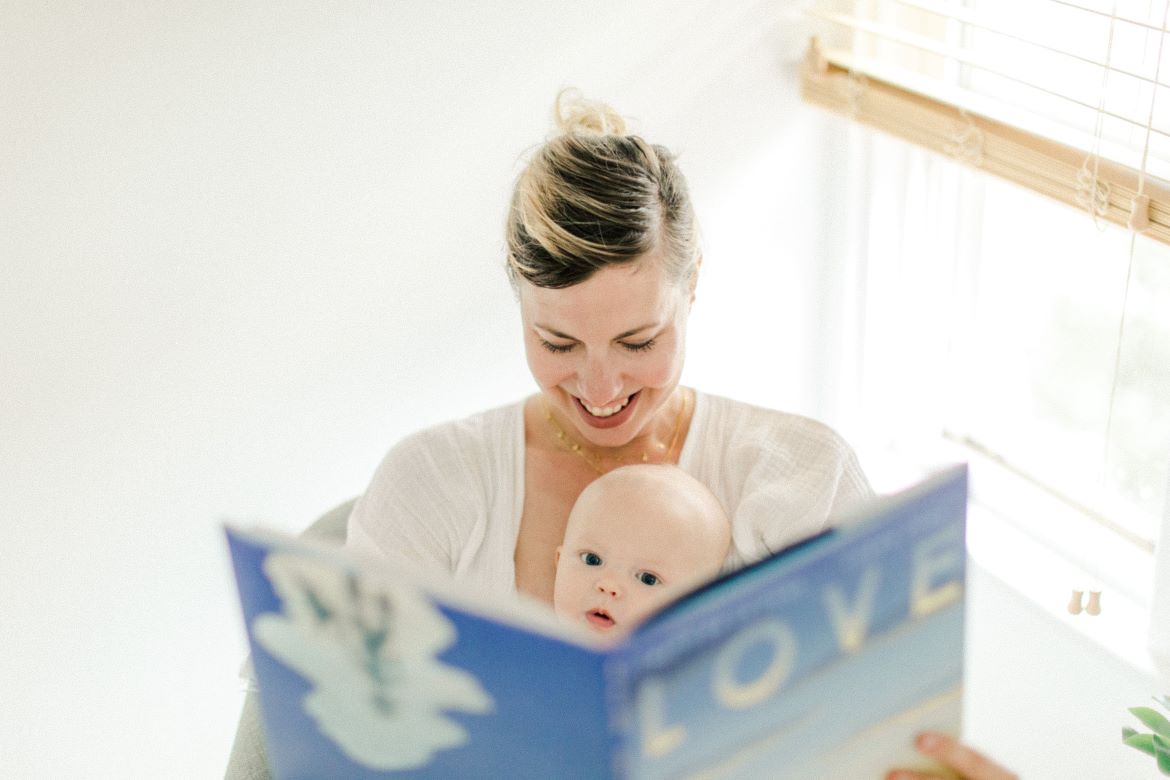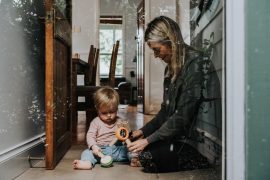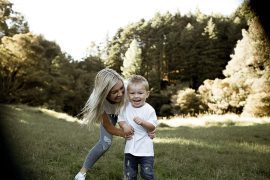By Donna Heather
One of the things I love about being a speech and language therapist is that I get to talk to parents about all the cool ways they can build learning and language. Some of these ways are new to parents, but many of them are not. So often parents are already doing an amazing job, and don’t realise how beneficial their everyday activities are. Or in some cases, how just a minor tweak can build language even further. Shared reading is one of those activities, and it is a favourite of mine.
Reading with your child is such a lovely thing to do together. Especially in winter – snuggling up in a chair or bed, all warm and cosy. Shared book reading is so wonderful for building connections, and also for developing a child’s emergent literacy skills and language.
The benefits start well before school. Reading together builds concentration and promotes joint attention, which are both important for learning and language.
We know that while reading together, children learn how to hold a book, turn the page and read from left to right. They begin to understand the concept of print (that it is a written representation of spoken language) and they learn how to recognise letters. And while it may seem obvious, these emergent literacy skills are very important for later success in reading.
The language benefits of shared reading are immense. We know that children who are read to from an early age have higher scores on language measures when they are older.(1) Shared reading teaches children about the world around them and improves their vocabulary and language skills. Children are exposed to vocabulary and experiences in books that they may not experience in their everyday lives. They can hear about other countries, other families, and experiences that they may not have had yet. They can learn about farming, cities, animals, other planets – the range of experiences and vocabulary are only limited by the type of books you can find.
Another interesting point – the language (vocabulary and sentence structures) in books is different to the spoken language we hear every day. I remember playing with my son on the swings when he was about 3 years old. I was pointing out the big grey clouds rolling in and he said to me, “a storm is brewing”, which is a direct quote from one of his favourite books at the time (Professor Wormbog in the Search for the Zipperump-a-zoos).
While I can be a bit dramatic, this is not language that I would have typically used with him – it proved to me that all that shared reading we were doing at home was making an impact.
When it comes to reading, there is no age limit. Studies have shown the benefits of shared reading from as young as 8 months. There are all kinds of books, and a good starting point is board books. They are sturdy and usually have simple pictures, so they’re not too overwhelming. Cuddle up together and turn the pages – don’t worry about order, or if your child wants to just flick through the pages – this is all part of the book experience. Talk about what they’re doing, and if they’re interested in a picture, talk about it! I am a fan of interactive books – lift the flap books can be fun, and there are also books with different textures on each page (such a great start for adjectives!).











